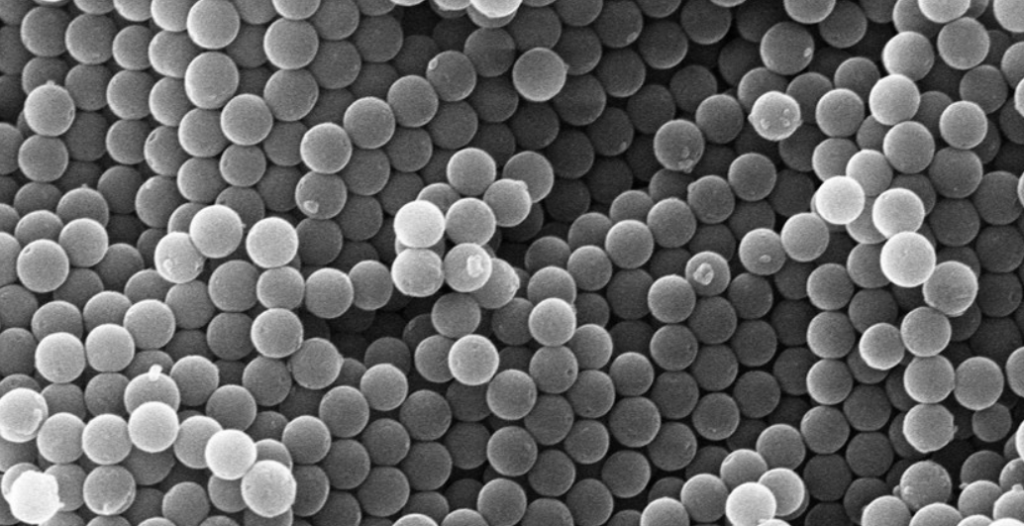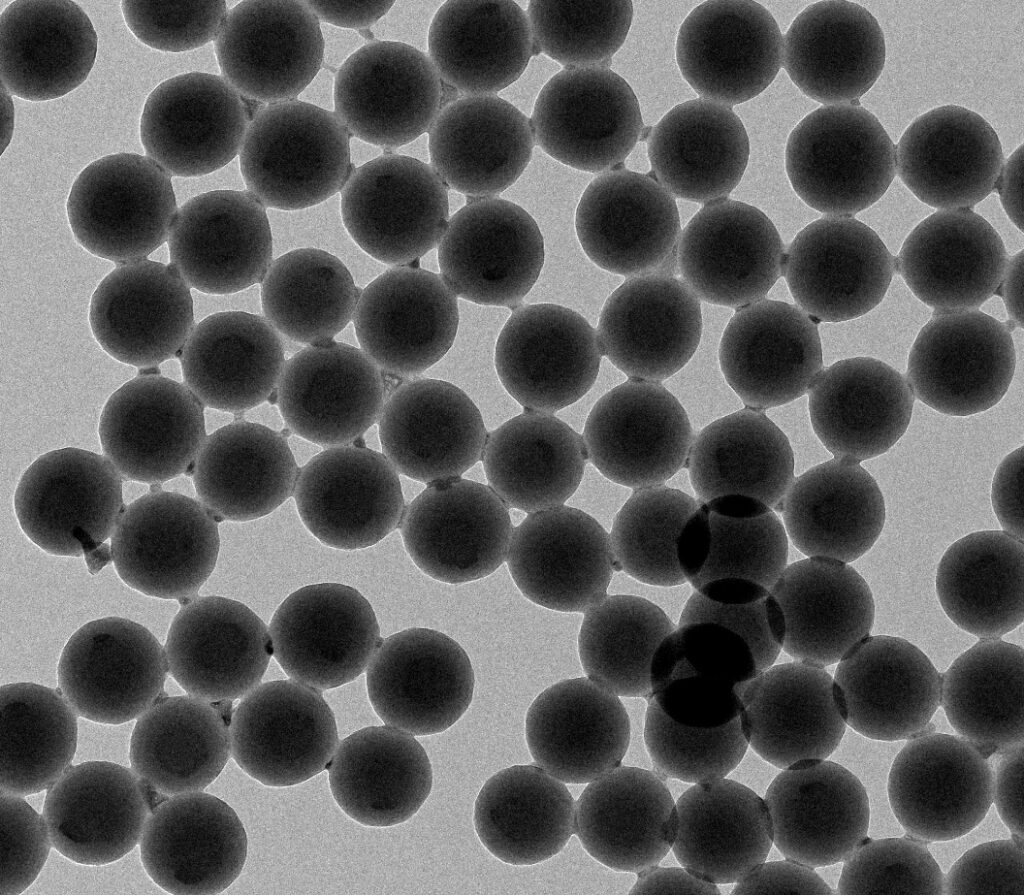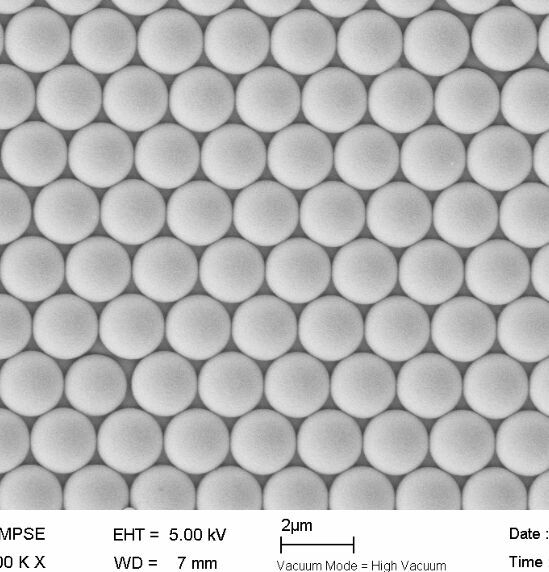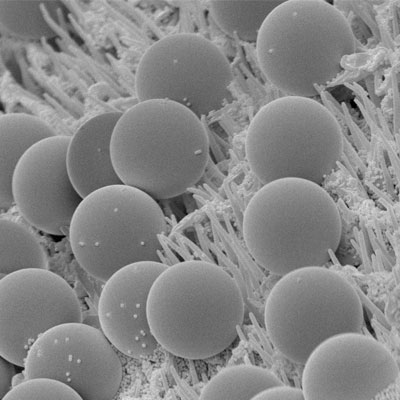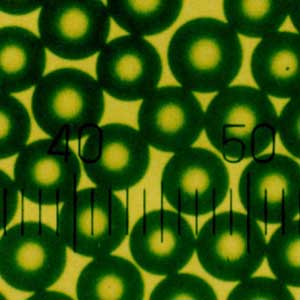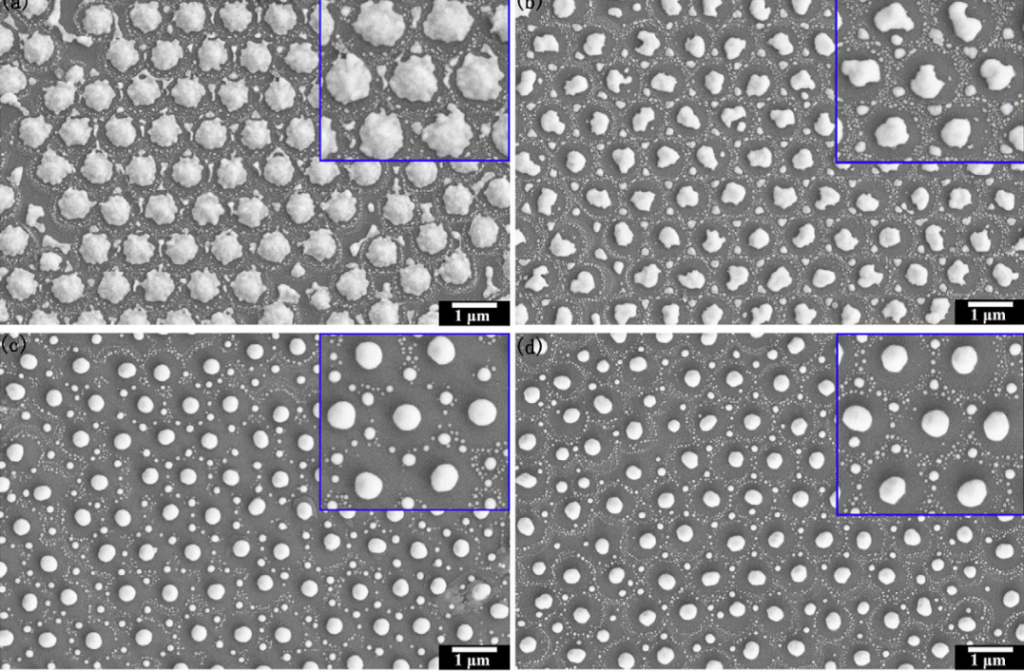Polystyrene Microspheres (PS Microspheres)
Latex microspheres, also known as polystyrene microspheres, PS microspheres, etc. Polystyrene microspheres are a general term for polymer microspheres formed by self polymerization of styrene or copolymerization of styrene with other monomers with specific functional groups. The surface of polystyrene microspheres has strong hydrophobicity and can undergo physical adsorption with proteins or antibodies. In addition, […]
Polystyrene Microspheres (PS Microspheres) Read More »

.png)
